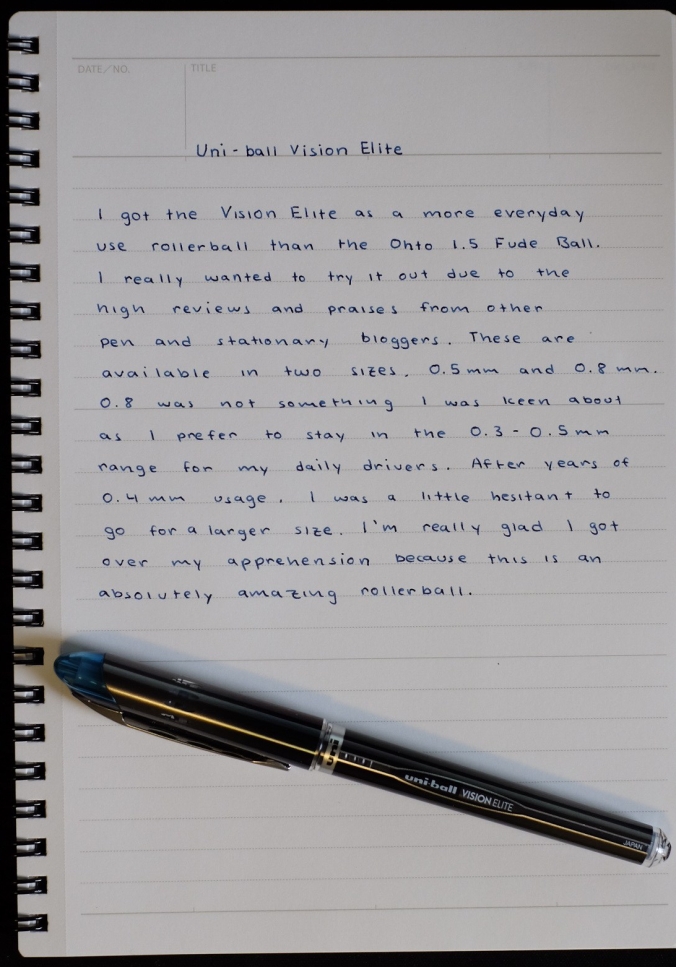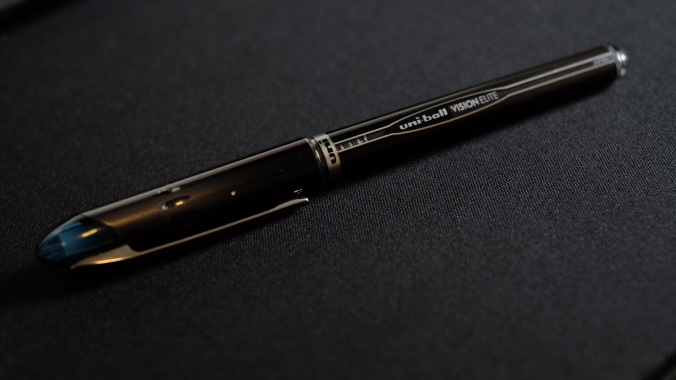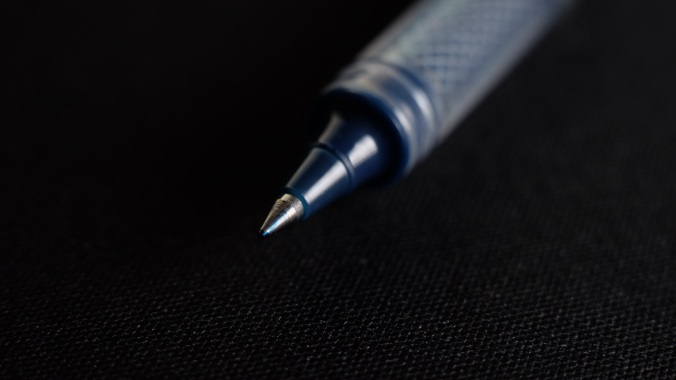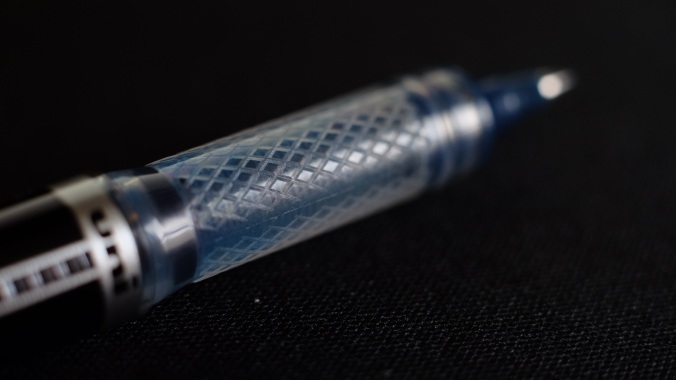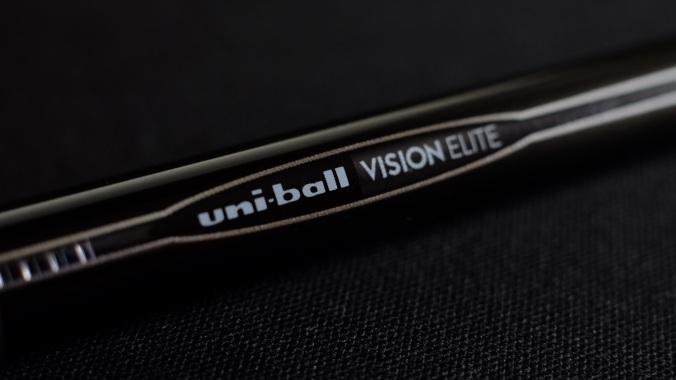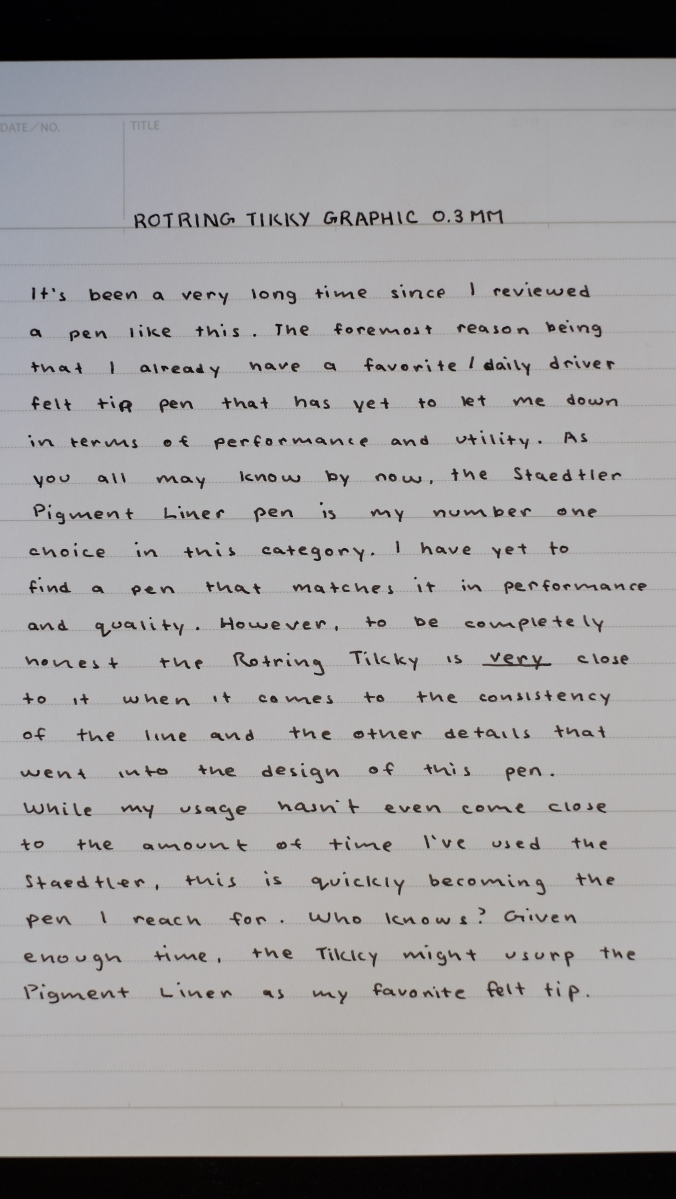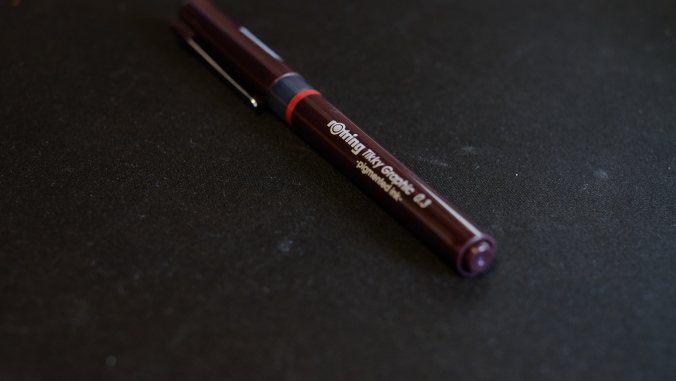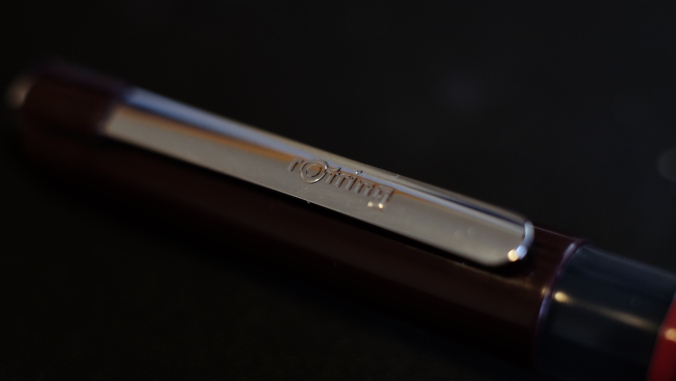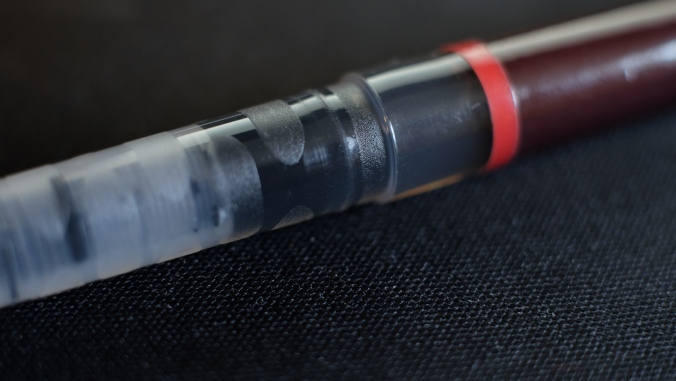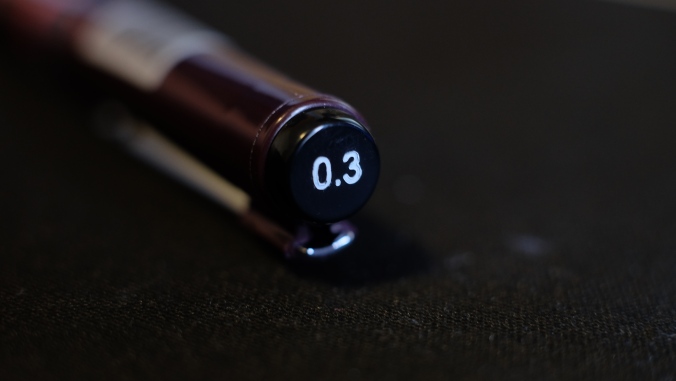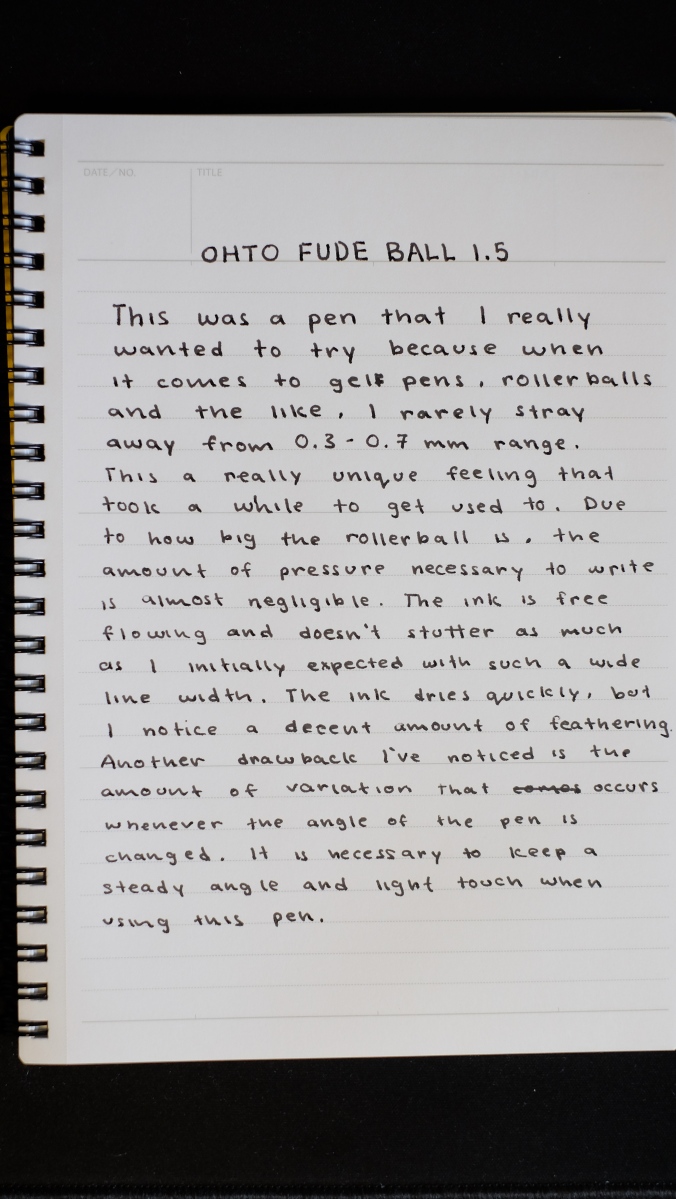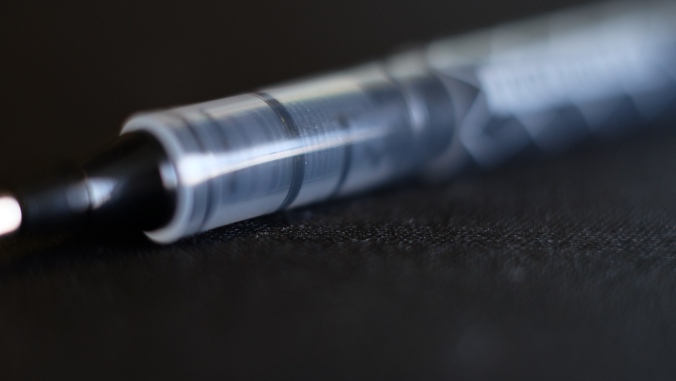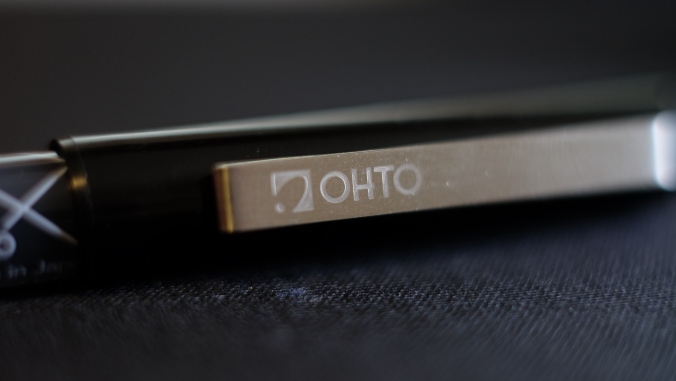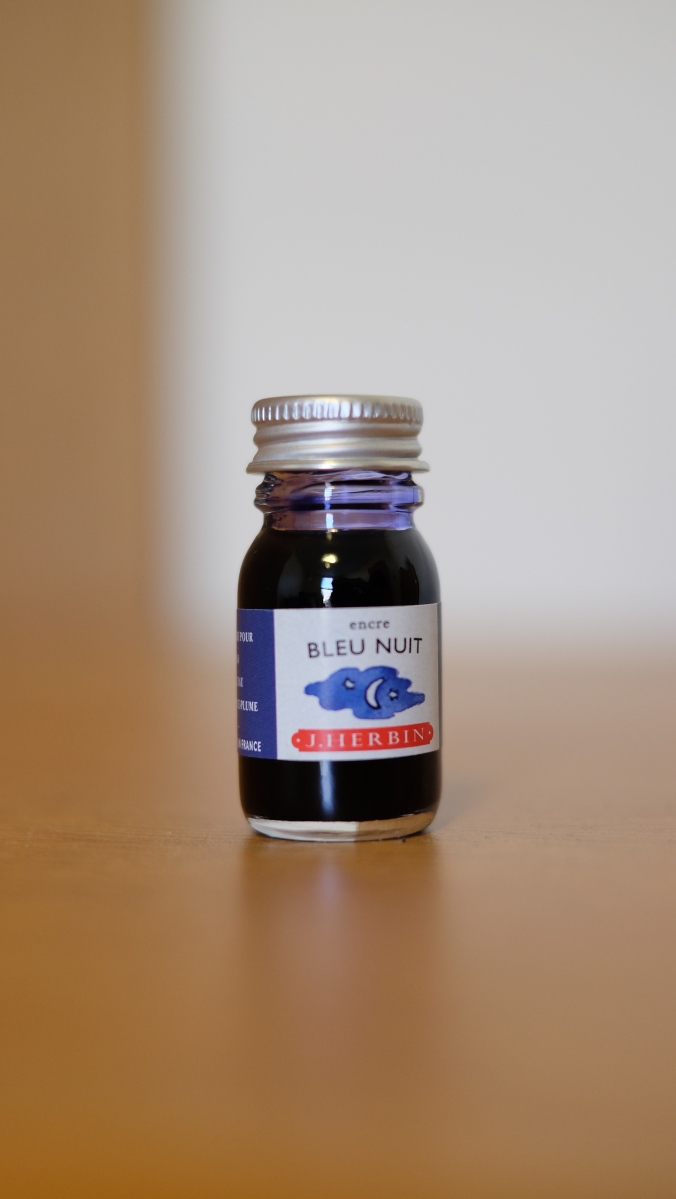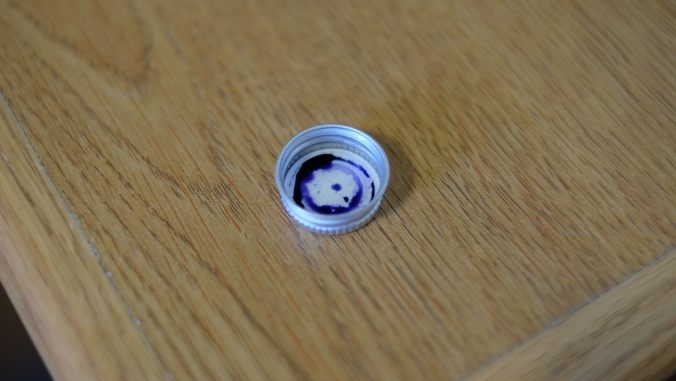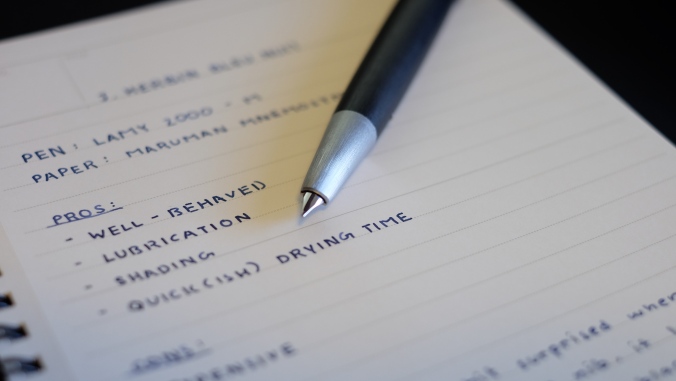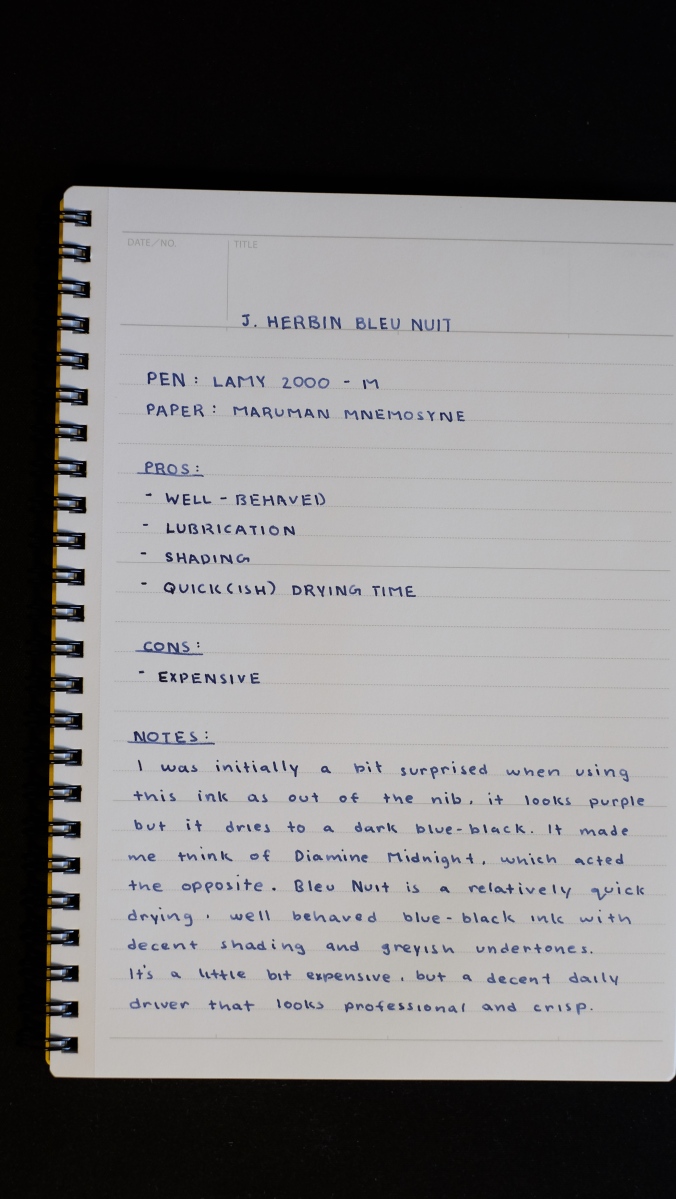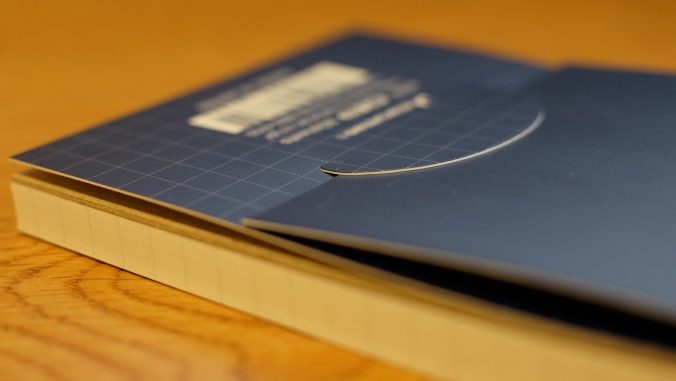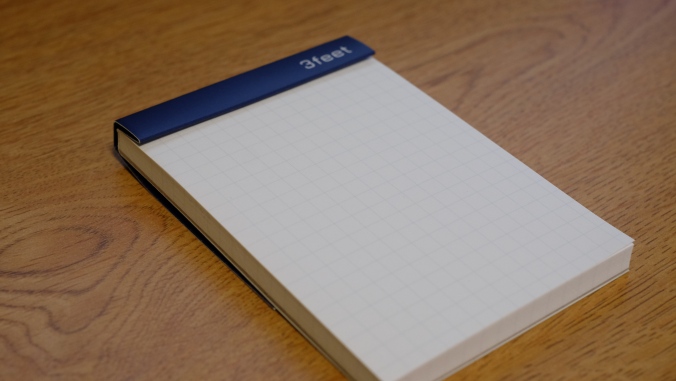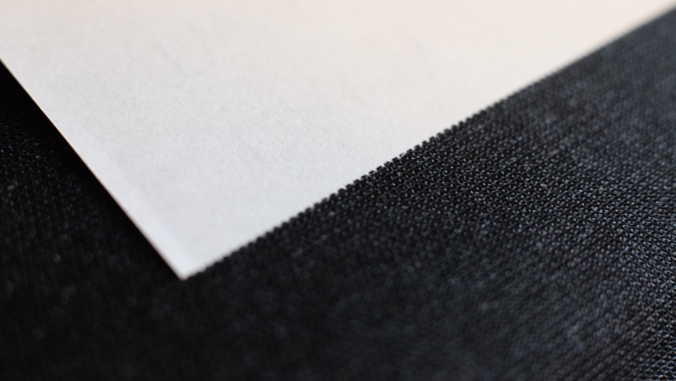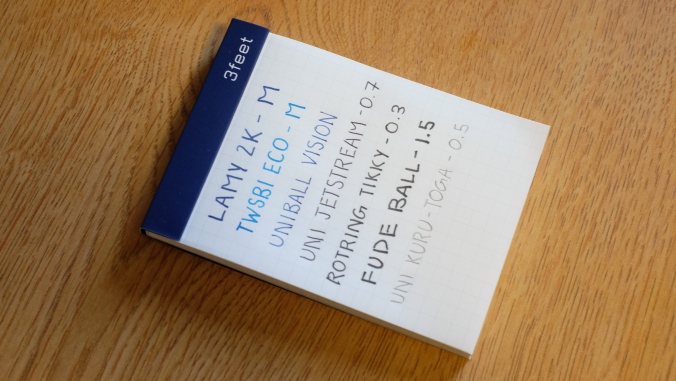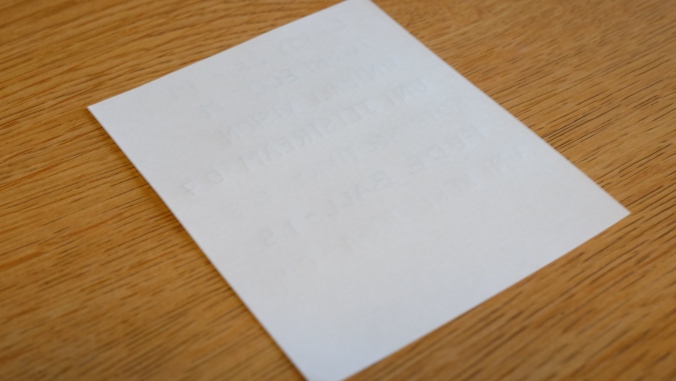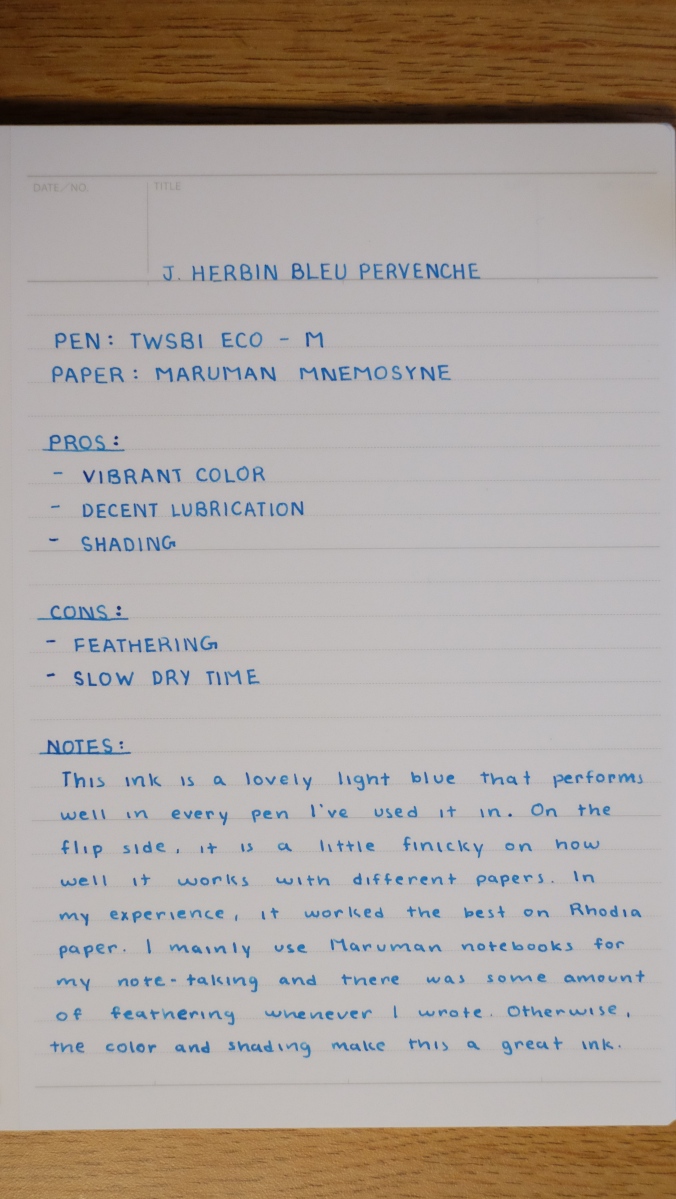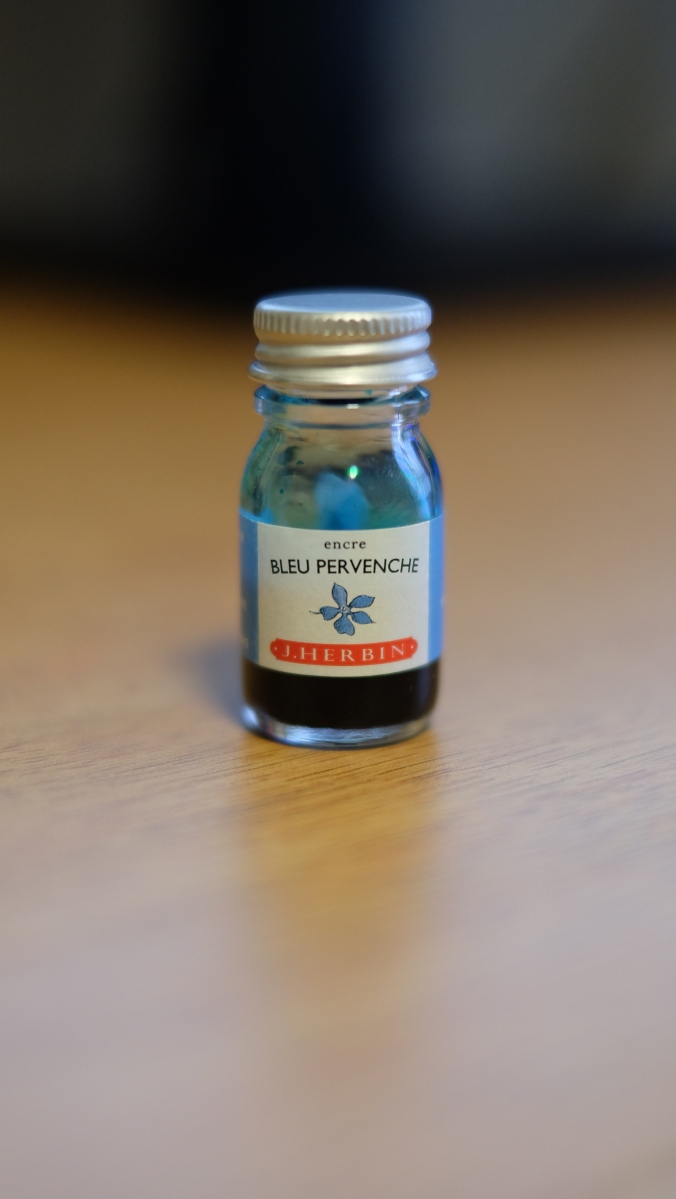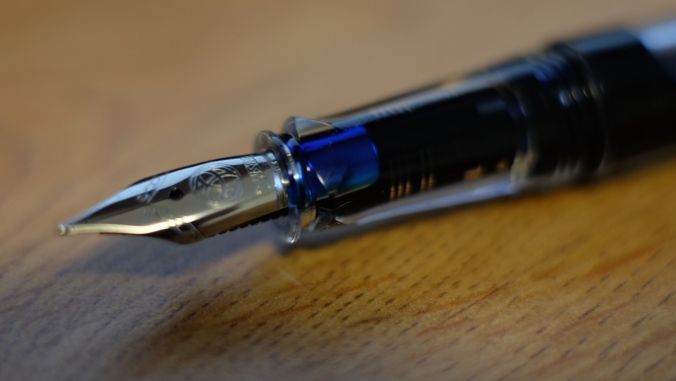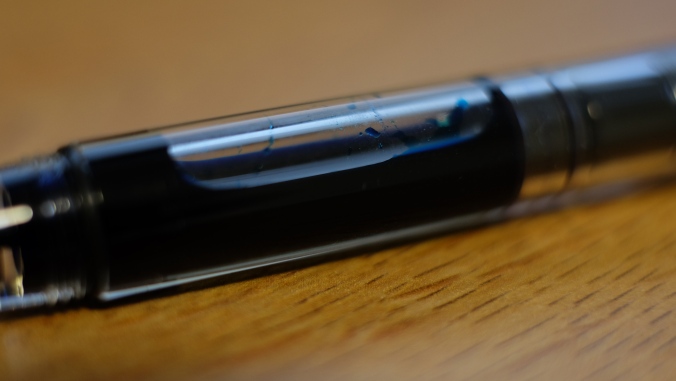So sorry this has taken so long. I’ve been dealing with a lot of administrative stuff and been a little stressed out since I came back. The reviews for July and August will be a bit late as I have nothing new to review as of now. I will try to get some stuff in later this month and will hopefully get back on track come October. Thank you so much for your patience. It really means a lot to me for you to stick around even with the irregular schedule. See you soon!
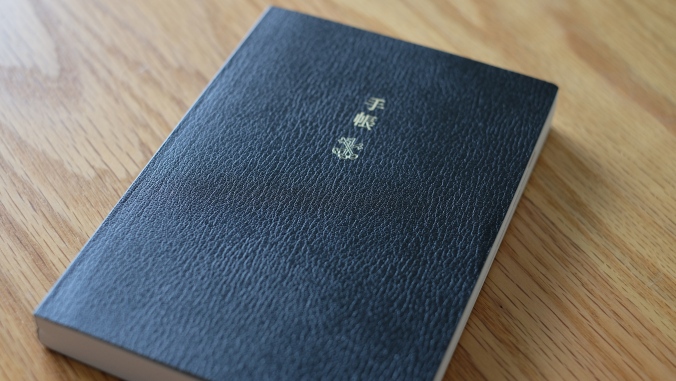
Now this is a product that I had been waiting to get for a long time. I initially discovered the Hobonichi Techo during the time it first got extremely popular and there were several stationary bloggers that were extolling its numerous virtues. I’ll admit that I wasn’t very keen about it in the beginning. After years of scheduling and managing my weekly agenda with the excellent Calendars 5 app from Readdle. I never once gave a thought about buying and maintaining a physical planner. That all changed last semester when I found that I wanted to stop depending on my phone to manage my life and I discovered the limitations of the notes and what I can jot down. Alongside this discovery, I realized that it would be a seamless transition because everyday, I focus on writing my notes down in a notebook instead of using a laptop. Just transferring my schedule over to a planner would not be that difficult because of how much I write already.
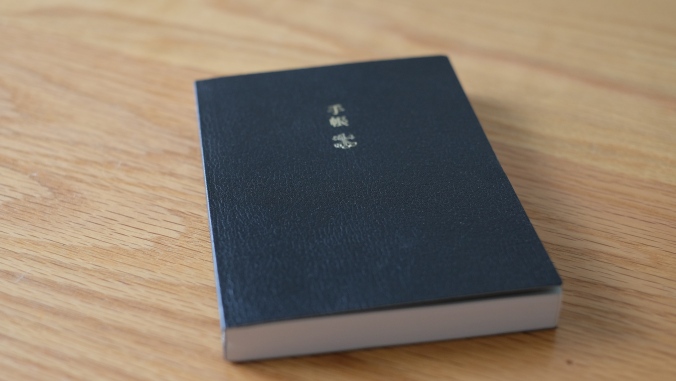
So I pulled the trigger and purchased the Hobonichi Techo from JetPens and with bated breath and excitement, I waited for it to arrive. Shipping was fast as always, and within 3 days, all the pens and the Hobonichi were in my hands. Keep in mind, that I had ordered the Techo in the middle of January, so I was a little hesitant to start using it right away and stored it away until the beginning of February. I remember clearly even to this day, on January 30, I excitedly opened up the Techo and started my first page on the 1st of February. Carefully having planned out my day in advance, I decided to keep the markings minimal to leave as much space as possible for any notes I wanted to write. Surprisingly, I found that for regular entries regarding classes and schedules, it wasn’t all that helpful, as most of the due dates for assignments were easily accessible through my school’s assignment portal, Canvas. Without those, I came to realize that it wasn’t the daily occurrences that needed notes, it was all the meetings with groups and friends that I needed to keep track of. Oftentimes, the specific room numbers and locations weren’t able to sync with Google Maps on the Calendars 5 app, which caused me to turn to the Notes section to keep track of room numbers and anything I needed to bring. Now that I had the Hobonichi, it was extremely convenient to write down the specifics of the meeting. I also found that in my case, I remembered a lot of the information off the top of my head, which is a benefit that comes with writing stuff down.
While the Hobonichi clearly became an integral part of my daily writing and just about replaced my smart phone app. There were some things that I had a couple of frustrations with. Since 2016, the amount of hype regarding Tomoe River paper was something that I absolutely could not ignore. With many stationary review blogs extolling its many virtues, I knew I had to get my hands on some. However, the biggest thing that stopped me was the price. Tomoe River notebooks were prohibitively expensive. I remember that there were some sellers selling sample packs of 5-10 pages to try out before investing in the journal. The problem was, no matter when I went on, they were always out of stock. Ultimately, I decided to give up on getting it and chose instead to wait until it became widely available through some of my favorite stores. I never thought that my first experience would come from the Hobonichi and I can definitively say that this paper caused me a lot of headache. To this day, I truly can’t decide whether I love it or not. The paper is silky to the touch and when using any king of pen, it’s smooth. At the same time, due to its thinness, ghosting can be a real issue. I noticed this most prominently when using a Pilot M nib. There were several instances where I just could not focus on writing down my notes because the words on the other side of the page were distracting me.
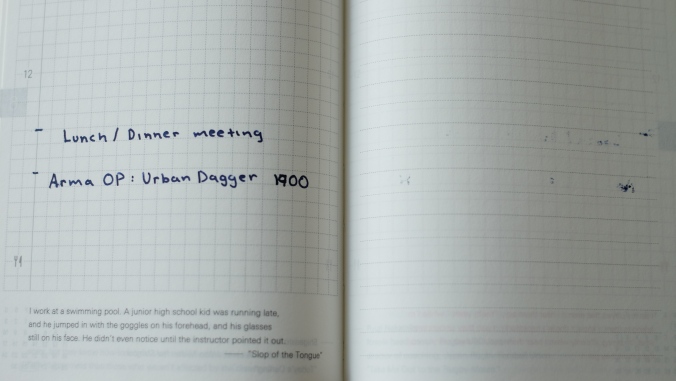
Another downside to the Tomoe River paper was that it took a much longer time for the ink to dry. Many times when I thought the ink had dried sufficiently, I closed the planner only to find ink smeared on the following page the next morning. This really annoyed me as I have a thing for keeping pages clean and neat. Overall, there were so many great things I experienced, but it took me a long time to get used to the TR paper’s inherent “flaws”(these are subjective, so while they may be flaws to me, others might not mind as much).
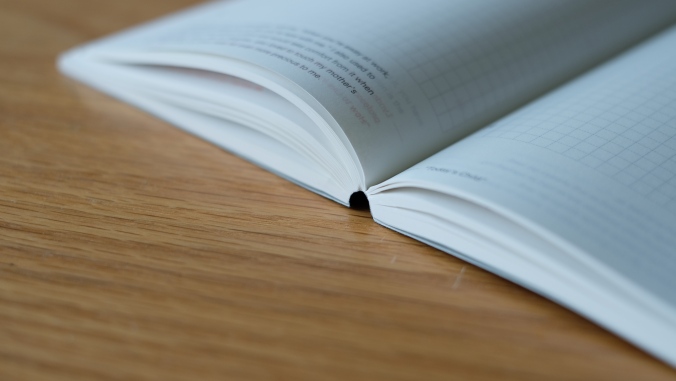
I have to say that the Hobonichi definitely changed my mind regarding physical planners and I feel that they are a great alternative to a smart phone app. An app does offer convenience and will outperform a planner in terms of efficiency of planning and visualization in some cases. With the ubiquity of smartphones and how attached users are to them, it is a bit of a trip to write in a planner, but it’s something that taught me a lot about prioritization of tasks and gave me some very important insights into how I manage my time and what I could be doing to better my productivity. There are a lot of things I want to get done nowadays, I always used to complain that “I just don’t have the time”. After close analysis, it’s come to my attention that is simply not true and that I need to focus on planning out tasks and completing them. I’m honestly not sure if I’ll end up getting another Hobonichi as I’ve been dying to try out some other alternatives like the Midori planner and the Roterfaden Taschenbegleiter, both systems that have been promoted and loved by some of the people I really look up to in the stationary world. While I don’t know about the future, I sure know that I’m currently loving the Hobonichi Techo and I highly recommend it to anyone wanting to start keeping a physical planner.


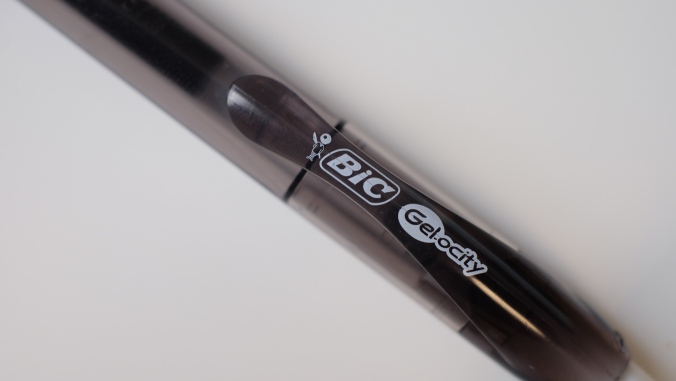
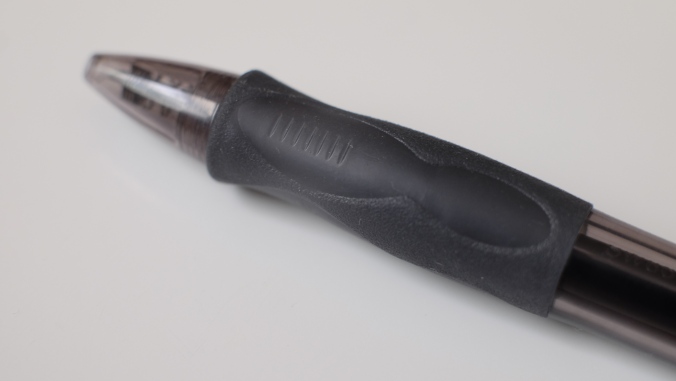
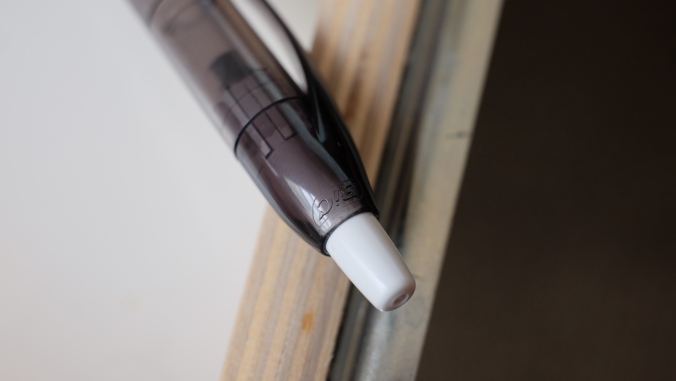
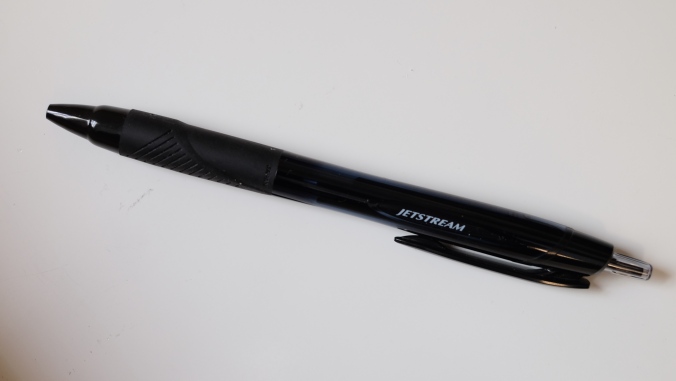
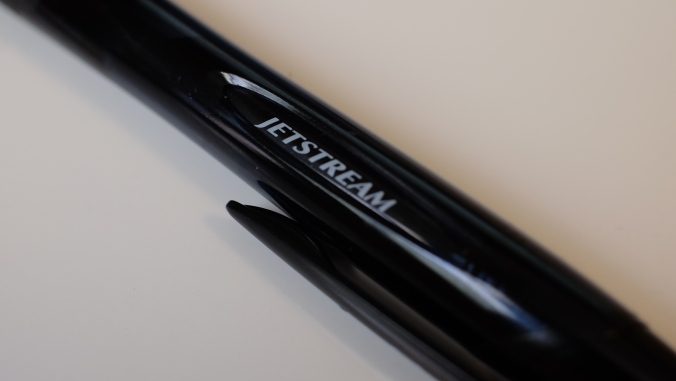

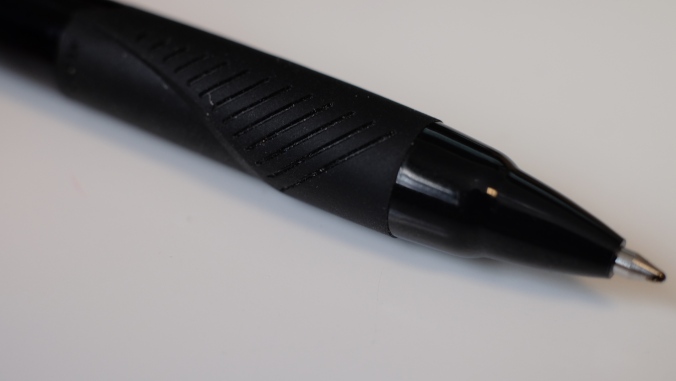
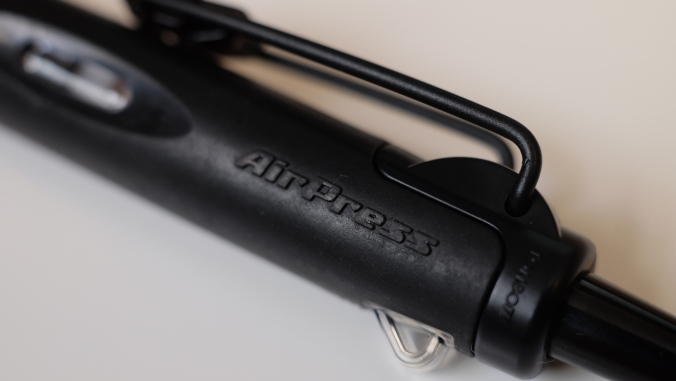 The Tombow Airpress Ballpoint is a very interesting pen that fits into the built like a tank category. Other pens in this category are the Fisher Space pen, Uniball PowerTank and other such pens that are meant to take a beating and still be reliable writers when necessary. I’m usually not one to carry these types of pens mainly because I don’t carry pens in my pocket. All my writing utensils are always in my backpack encased within my Nock Co. Sinclair. It’s one of the reasons why I’ve never bothered really picking out a solid “EDC” pen (because I’m always walking around with my backpack). I was a little hesitant to really get the Tombow due to the slightly extravagant price of $8.50 on JetPens. I’m happy to report, however, that I was wrong to hesitate and have discovered a new-found appreciation for pocket pens that are built for EDC.
The Tombow Airpress Ballpoint is a very interesting pen that fits into the built like a tank category. Other pens in this category are the Fisher Space pen, Uniball PowerTank and other such pens that are meant to take a beating and still be reliable writers when necessary. I’m usually not one to carry these types of pens mainly because I don’t carry pens in my pocket. All my writing utensils are always in my backpack encased within my Nock Co. Sinclair. It’s one of the reasons why I’ve never bothered really picking out a solid “EDC” pen (because I’m always walking around with my backpack). I was a little hesitant to really get the Tombow due to the slightly extravagant price of $8.50 on JetPens. I’m happy to report, however, that I was wrong to hesitate and have discovered a new-found appreciation for pocket pens that are built for EDC.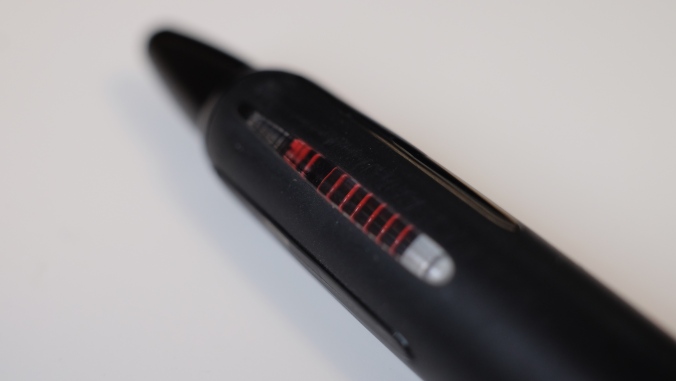 My initial reaction when I first pulled the AirPress out of the JetPens package, was astonishment at how nice it looked. If you’ve been following my blog, you all know that I’m a sucker for blacked out pens. It’s aesthetically very pleasing and is my preferred style choice when I need to make a decision. The Tombow AirPress, in my opinion, is a perfect example of minimalist, utilitarian design. The branding is subtle and matches the color scheme perfectly so as to not draw too much attention. The window that lets the writer view into the mechanism contains just the amount of contrasting color to give a clear indication when the pen is ready to write. I love the color choice as the red juxtaposed next to the all black exterior looks elegant, thereby elevating the overall look and feel of the pen.
My initial reaction when I first pulled the AirPress out of the JetPens package, was astonishment at how nice it looked. If you’ve been following my blog, you all know that I’m a sucker for blacked out pens. It’s aesthetically very pleasing and is my preferred style choice when I need to make a decision. The Tombow AirPress, in my opinion, is a perfect example of minimalist, utilitarian design. The branding is subtle and matches the color scheme perfectly so as to not draw too much attention. The window that lets the writer view into the mechanism contains just the amount of contrasting color to give a clear indication when the pen is ready to write. I love the color choice as the red juxtaposed next to the all black exterior looks elegant, thereby elevating the overall look and feel of the pen.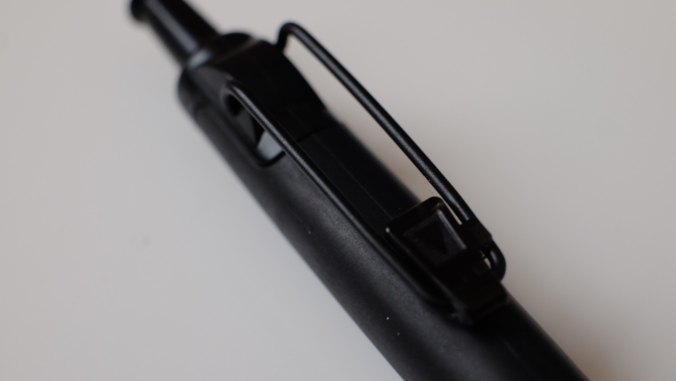
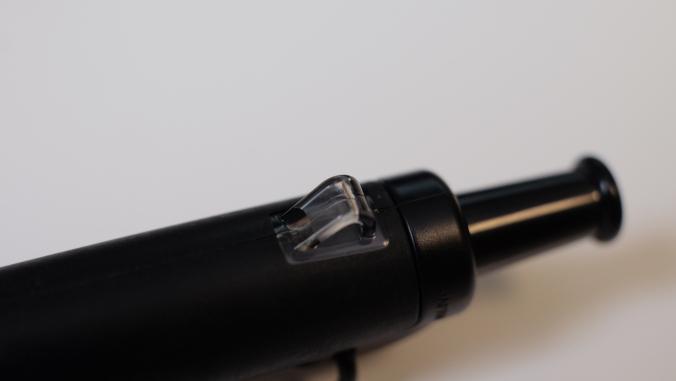 There are genuinely a lot of good things to say about the Tombow AirPress, but one of the major flaws is the writing experience. To say is was mediocre would be considered high praise. I really could not get used to how dry and scratch it felt when writing despite using a variety of papers known for their smoothness such as Maruman and Rhodia. The ink is okay, nothing to really write home about. The performance on wet paper or in the rain (yes I actually tried this with all the thunderstorms going on) isn’t as good as I expected it to be. I was expecting a pen that can match the likes of Rite in the Rain notebooks, no matter how much water falls down, it’ll keep going faithfully. This was not the case with the AirPress and I was frankly a little disappointed. While some may not find as much fault with it, with me having been spoiled with amazing pens that offer a significantly better writing experience, my bar is naturally set pretty high.
There are genuinely a lot of good things to say about the Tombow AirPress, but one of the major flaws is the writing experience. To say is was mediocre would be considered high praise. I really could not get used to how dry and scratch it felt when writing despite using a variety of papers known for their smoothness such as Maruman and Rhodia. The ink is okay, nothing to really write home about. The performance on wet paper or in the rain (yes I actually tried this with all the thunderstorms going on) isn’t as good as I expected it to be. I was expecting a pen that can match the likes of Rite in the Rain notebooks, no matter how much water falls down, it’ll keep going faithfully. This was not the case with the AirPress and I was frankly a little disappointed. While some may not find as much fault with it, with me having been spoiled with amazing pens that offer a significantly better writing experience, my bar is naturally set pretty high.